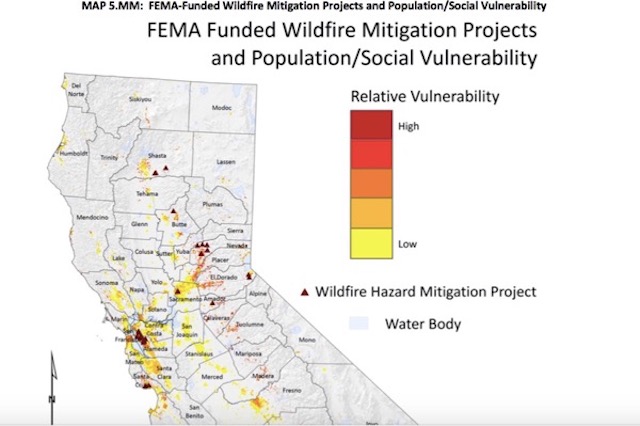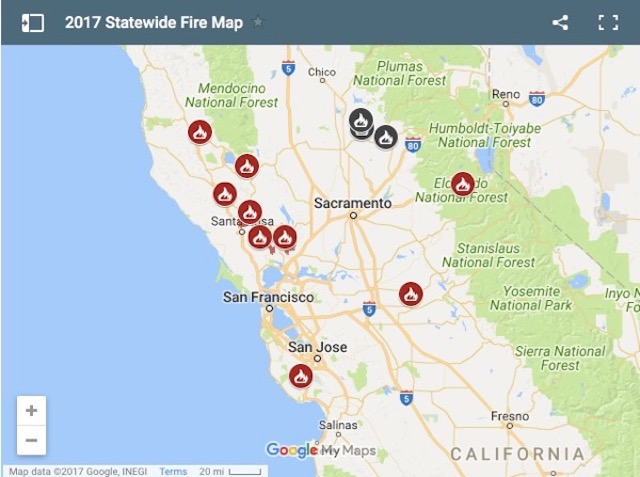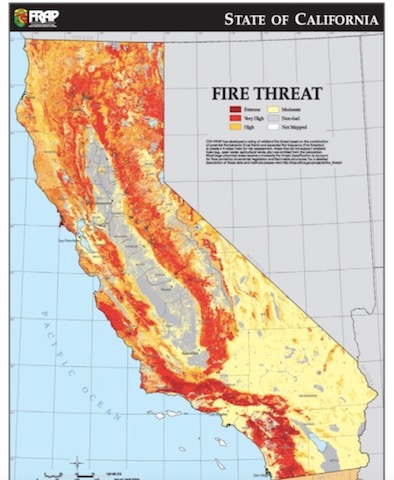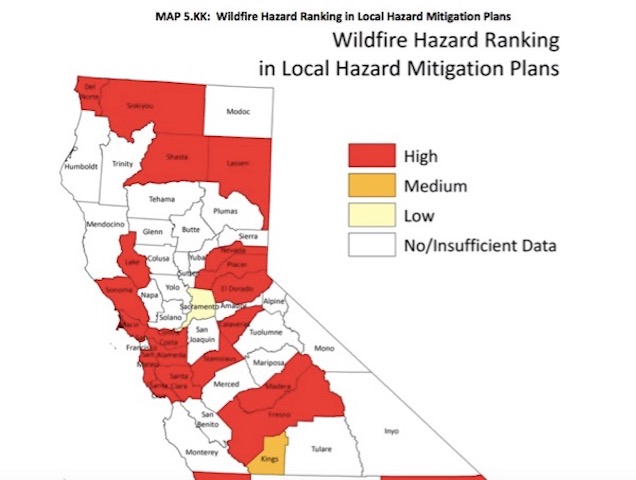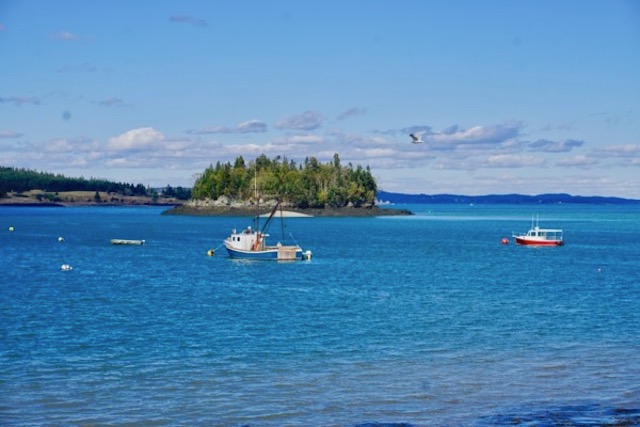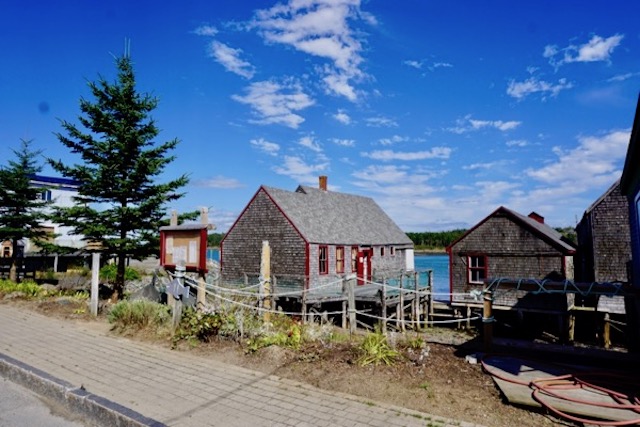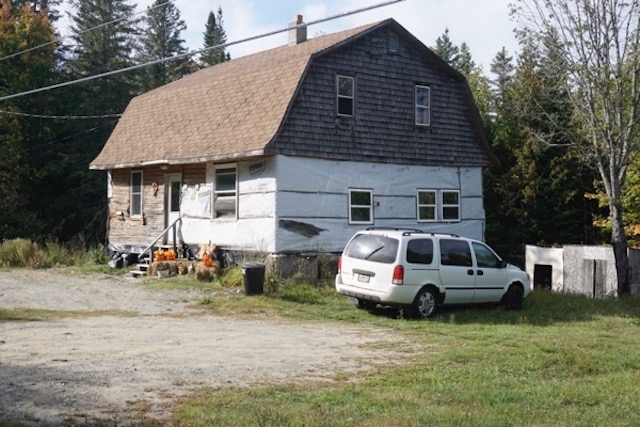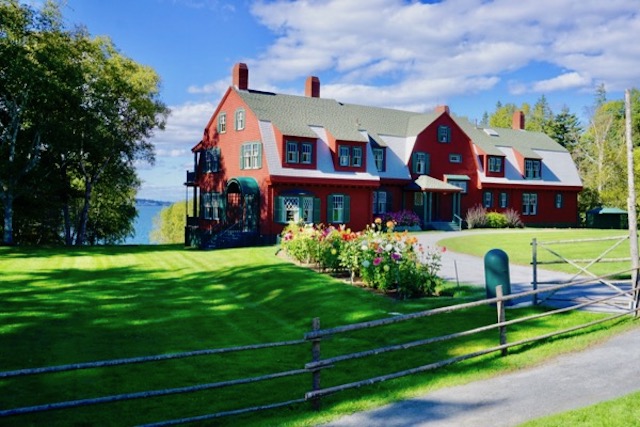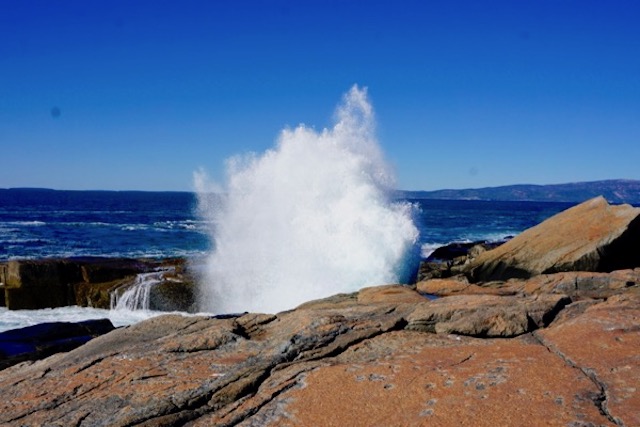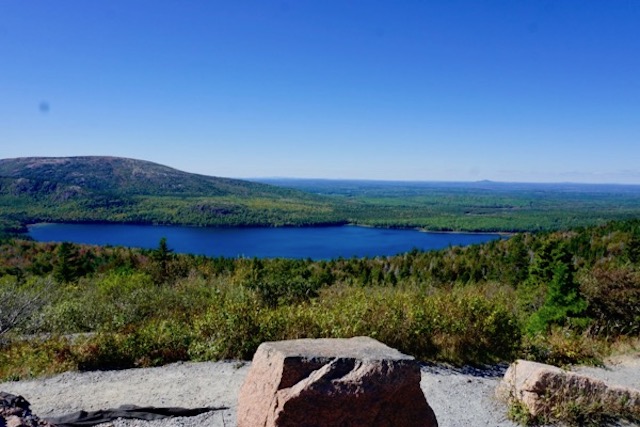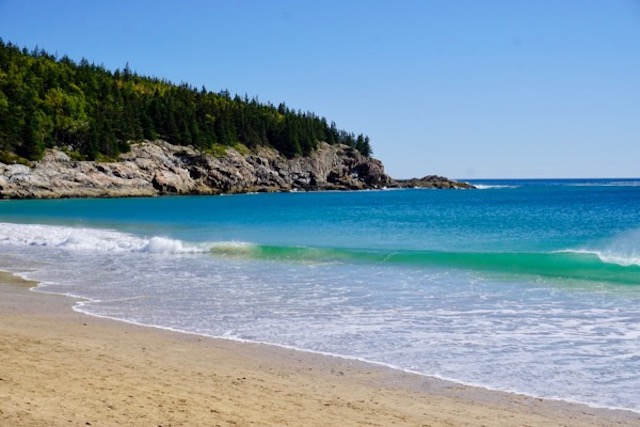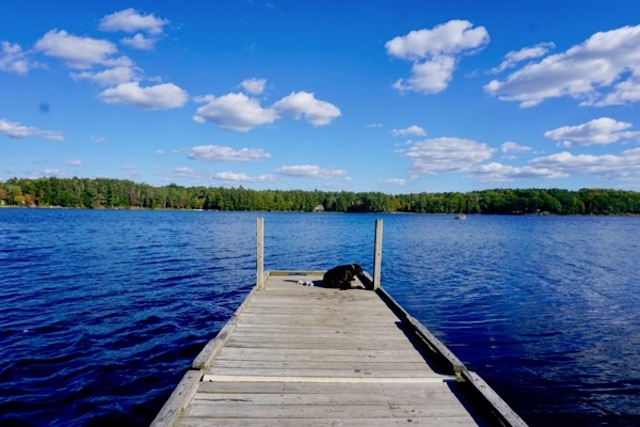Another funder driven biased story
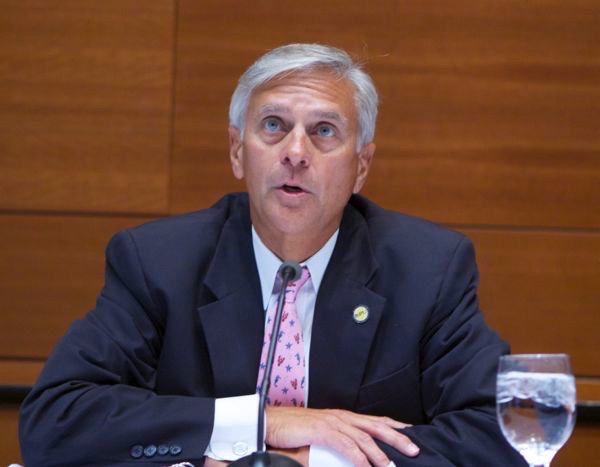
Richard Mroz, founder of NJ Energy Coalition and current BPU President
NJ Spotlight ran a story today that again raises troubling issues about journalistic integrity, see:
Journalism can be biased by acts of commission and omission – this story has both faults.
The story has just one “source”, the NJ Board of Public Utilities. And there is no context provided so it reads like a BPU press release.
The story has just one quote, highly selective and highly spun, by BPU President Mroz:
“This is yet another positive step in implementing the state Energy Master Plan policies that supports alternative fuel vehicles comprehensively and are accelerating the adoption of alternative fuel vehicles, including electric and CNG vehicles,’’ said Richard Mroz, president of the BPU. “In making these grants we can gauge interest in cleaner and quieter-running CNG trucks and buses.’’
So much for commission.
The story also leaves out highly relevant facts, including:
1) BPU President Mroz is former gas industry lobbyist. He has a gross conflict of interest and has abused ethical norms by failing to disclose his conflicts and recuse himself from BPU decisions that benefit his former legal and lobby clients and members and associates at NJ Energy Coalition.
Specifically, Mr. Mroz was a founder, lobbyist, and senior advisor to the NJ Energy Coalition.
Here is how Ed Salmon, the current Chairman NJ Energy Coalition describes the founding in testimony to the NJ Senate:
In August 2007, my partner Richard Mroz and I launched a new statewide organization – The New Jersey Energy Coalition. The Coalition’s focus is to provide a reliable third-party voice in the discussion on New Jersey’s energy needs. The Coalition was very involved in the New Jersey Energy Master Plan and has provided discussion and educational initiatives on energy conservation, energy efficiency, renewable energy, generation needs, and transmission challenges, to name a few.
Here is the 2007 launch press coverage – note that specific existing corporate energy facilities are mentioned, so the Coalition was far more than some generic “reliable third party voice”. They represented specific corporate interests and continue to do so. The Link to then existing NJEC is dead
Here are just some of the members of the NJ Energy Coalition, which include the law firm that represented South Jersey Gas and corporate interests in the Pinelands pipeline and BL England battles, including pipeline and natural gas companies that benefit from BPU approvals:
Cozen O’Connor: Cozen O’Connor is one of the top law firms in the country, employing over 600 attorneys in cities spanning two continents. This international firm has practices in litigation, business law and government relations.
New Jersey Natural Gas: New Jersey Natural Gas is a New Jersey Resources company dedicated to providing safe, reliable, and competitively priced natural gas services including transportation, distribution, and asset management.
NJ Petroleum Council: The New Jersey Petroleum Council is a state council of the American Petroleum Institute, that helps companies follow the status of regulatory and legislative issues impacting the oil and natural gas industries.
Orange & Rockland: Orange and Rockland is a gas utility headquartered in New York, and with its two subsidiaries serves over 750,000 people in New York, New Jersey, and Pennsylvania.
PennEast Pipeline Company: PennEast Pipeline Company is made up of six companies; AGL Resources, NJR Pipeline Company, PSE&G Power, South Jersey Industries, Spectra Energy, and UGL Industries. The company has plans to create the PennEast Pipeline that will provide customers with savings due to the reduced price of the transportation and the cost of natural gas.
Public Service Enterprise Group: Public Service Enterprise Group (PSEG) is a publicly traded diversified energy company headquartered in New Jersey, and one of the ten largest electric companies in the U.S. PSEG’s principal subsidiaries are: Public Service Electric and Gas Company (PSE&G), PSEG Power and PSEG Energy Holdings.
RC Cape May Holdings: RC Cape May Holdings is an entity formed by Rockland Capital, Energy Investors Funds and other investors in order to acquire the BL England Power Station.
South Jersey Gas: South Jersey Gas serves customers in 112 municipalities spanning over 2,500 square miles, or one-third of the geographic area of New Jersey. This service area includes all of Atlantic, Cape May, Cumberland and Salem counties and parts of Burlington, Camden and Gloucester counties. The majority of new home construction on their mains choose to heat with natural gas.
Here is Mr. Mroz’s BPU bio: note boldface:
Before becoming President of the NJBPU he worked in private practice as a lawyer and lobbyist as Managing Director of Archer Public Affairs in Trenton, New Jersey and Of Counsel to Archer & Greiner P.C., in Haddonfield, New Jersey.
Here is how Archer Public Affairs describes their work (emphasis mine):
HELPED ENERGY CO. SUCCESSFULLY RESPOND TO CRUDE OIL SPILL CRISIS
- Represented energy company regarding multi-million gallon crude oil spill at a refinery, a high-profile event because fumes reached neighborhoods for miles around.
- Served as liaison between the company and state government regulators.
- Conducted numerous conversations, conferences and correspondence with ground-level regulatory staff and high-level elected and appointed officials, keeping them apprised of issues and progress, and relaying information to the client as needed.
- Cleanup and state inspection went smoothly; government officials appreciated easy access to updates and information.
- Importantly, about a month before the spill, the firm had arranged a meet-and-greet with state officials, a recent contact that helped immeasurably during the emergent situation.
Here is “Sourcewatch” database on the NJ Energy Coalition which cites the group’s website:
Leadership
From the group’s website: [16]
- Dr. Edward H. Salmon, chairman – He also founded Salmon Ventures, “a strategic consulting firm based in New Jersey.”
- Richard S. Mroz, senior advisor – He “served as Chief Counsel to Governor Christie Todd-Whitman and was responsible for legislative affairs, negotiating the state budget, and advising the Governor and legal and policy matters. He also served as the Governor’s counsel and liaison for the state’s largest independent authorities including the Turnpike Authority, Water Supply Authority and New Jersey and the Environmental Infrastructure Trust.”
2) NJ Natural Gas is corporate funder of NJ Spotlight (a fact disclosed on NJ Spotlight website).
3) NJ BPU is doing an awful job in getting electric vehicle infrastructure installed.
4) methane is a potent greenhouse gas. Some scientific studies suggest that it is as bad as coal in global warming potential.
5) The $200,000 BPU grant is a corporate subsidy for the development costs of a CNG vehicle program.
6) No technical performance or cost effectiveness criteria for the program were even suggested by BPU. Nor was a comparative evaluation methodology with other alternative fuels suggested, especially renewables.
7) CNG investments compete with renewables
8) The Christie Energy Master Plan is controversial and has come under huge criticism for failure to address climate change and for promotion of fossil fuels, especially natural gas.
9) Governor Christie has diverted over $1 billion of Clean Energy Fund revenues to pay for his corporate tax cuts. These funds are used to subsidize energy efficiency and renewable energy programs. The Gov. has opposed subsidies to renewables but not to fossil fuels, especially gas.
10) The so called “cheap price” of gas is a false claim because it fails to include economic externalities that have been quantified and characterized by federal regulators as “the social costs of carbon”.
Other than that, it was a good story.
Heck of a job NJ Spotlight!


